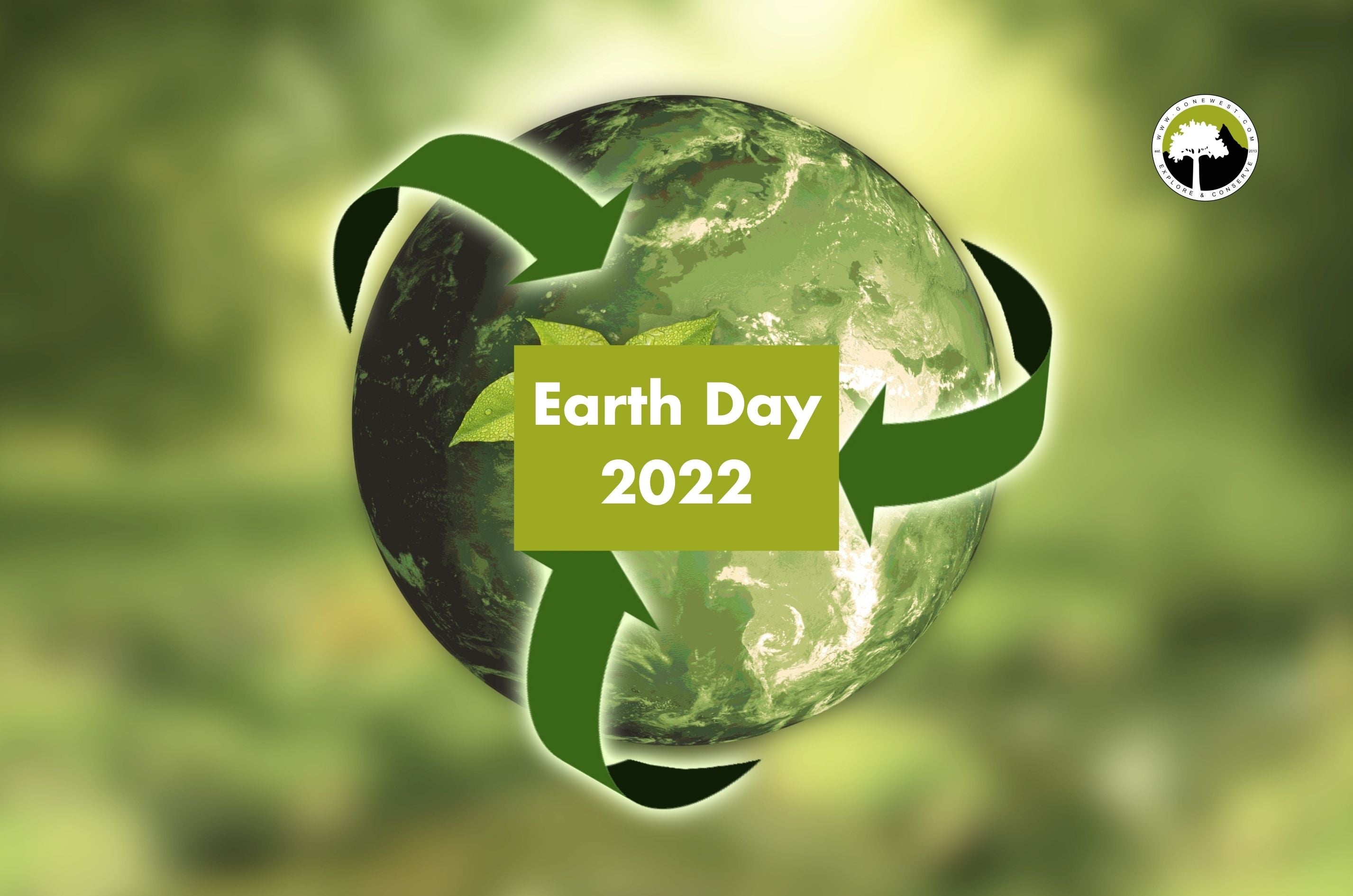‘The wildebeest river is running dry; The animals’ stampede through the Mara river is one of nature’s most spectacular events. But now the watercourse is drying up, a sign of the damage being done to Africa’s fragile eco-system.’ This was the title and an introductory statement by the Independent News dated 10th August 2009. This was indeed true, this was an ultimate response to the destruction of Kenya’s largest water reserve, the Mau Forest. By how on earth did a country, who prides itself with not only the UNEP headquarters but also being the home to the first female Environmental Nobel Laureate in Africa, end up here? Well, it’s a long story, and the majority part of it is political.
The Mau Forest, also known as the ‘Water Towers’ by the locals is the largest among the five main water catchment areas in Kenya. It is made up of Native trees and it prides itself with the honor of being the largest native forest in East Africa. The forest was originally the home of the Ogiek community, but settlers moved in progressively between the mid-1980s and the late 2000s, hiving off about a quarter of the forest land.
There were several major extensions into the forest. In 2001, for example, the government resettled the indigenous Ogiek community and internally displaced people from the 1992 elections into forest land. Politicians and politically connected individuals took advantage of the project, hiving of thousands of acres for themselves. The majority of the forest was destroyed as new lands were being created for Agricultural purposes. This turned out to be catastrophic for the nation, the fact that frequent droughts, crop failures and an increase in food insecurity became a reality. The action had to be taken as soon as possible.
Raila Odinga was prime minister when the evictions started in 2009. President Uhuru Kenyatta was then one of his two deputies and also the finance minister. Although the decision to conserve the forest complex was a cabinet decision, Odinga’s role as premier made him the main target for opposing forces, which included his cabinet colleagues. Isn’t it interesting how everything turns political in Kenya! In 2016, Odinga said that the 2009 evictions were used to fight him politically and were one of the reasons why he lost the 2013 elections. One of the hilarious statement made by a local MP to fight the eviction was ‘Rain comes from God and not the forest’, indeed it is such a shame for one who is supposed to be showing his people the right was misleading them instead.
The Eviction fire was quenched, not for long though. The eviction process is currently underway. The need to protect our water towers has become a major concern, not only by the environmentalist but also the communities whose livelihood have placed in such a precarious state by what is going on within the forest. Efforts by the Environmental Cabinet secretary Keriako Tobiko to reclaim and reforest the destroyed forests, in order to meet the 10% forestry threshold set for Kenya by UNEP by 2020, is yielding a glimpse of hope for the Kenyan Paradise.
The race to save the Mau Forest promises to be drawn out, as the government has rescinded its 60-day ultimatum to allow students in 15 schools within the target areas to sit their national exams. While Kenyatta’s government, with tacit and vocal support from Odinga’s side, is on a noble mission, resettlement should be a top priority. A long term solution should also be worked such formulating strict laws that will prevent any future encroachment of the forested land.
By: Kelvin Jimmy Awori
Stay in the loop






